Wright Flyer1902 Kitty Hawk Model
Production Time 9 to 10 weeks
Shipment is by FedEx, UPS or DHL International Express Courier with a normal door-to-door delivery time worldwide of within 2-3 business days after dispatch. Due to the current volatility of world fuel prices, the amount mentioned here is our best estimate for DHL and UPS and may be subject to change at the time of shipping.

Model Description: The Wright Flyer
Product statistics
Length: 8.9 Inches (22.6 Centimeters)Wingspan: 17 Inches (43.2 Centimeters)
Height: 3.8 Inches (9.7 Centimeters)
Scale: 1:28
$249.50
Production Time 9 to 10 weeks
-
United States dollar ($)
-
Pound sterling (£)
-
Euro (€)
-
Australian dollar ($)
-
Canadian dollar ($)
-
Singapore dollar ($)
-
Swiss franc (CHF)
-
Japanese yen (¥)
-
Danish krone (kr.)
-
Hong Kong dollar ($)
-
Norwegian krone (kr)
-
Swedish krona (kr)
-
Philippine peso (₱)
General Product Description
Our ReplicaHangar Wright Flyer1902 Kitty Hawk Model exhibits unique, unrivaled quality and detailed design to come as close as possible to the accuracy of the actual plane. It comes as standard with a robust, durable base or stand which is available in a variety of different finishes designed to match your own personal requirements including solid wood, wood with polished metal supports or adjustable wood wall mount and will be ready within about 8-10 weeks from placement of order.
The Wright Flyer1902 Kitty Hawk Model is made of the finest kiln dried renewable mahogany wood (commonly known as Lauan or Meranti) which has undergone many stages of carving and meticulous and careful sanding giving the beautiful, finished museum quality masterpiece. Many collectors and model connoisseurs demonstrate their preference for genuine handmade and hand painted mahogany wood models rather than plastic or die cast (diecast) alternatives due to the overall look and totally different feel of the item - we trust you will find the same. We can however, if required produce the same model in Solid Cast Resin so just click and contact us for further information. Our craftsmen and gifted artisans ensure that our finely handcrafted model airplanes match the precise blueprint details of the original aircraft. The paint scheme, markings and parts are closely matched, reflecting the original aircraft. This stylish top-quality desktop replica model will surely enthrall anyone who receives this as a gift and for sure one of the most appropriate and desirably collectable gifts for any early aviation enthusiast and avid vintage aircraft collector whilst also displaying a perfect resemblance to the actual real aircraft.
If you require, we can also make the Wright Flyer1902 Kitty Hawk Model in any other airline, private livery or colour scheme you require and if necessary, in a different size or scale. Just click here to contact us with a description or photographs of what you require, and we will let you have a quotation for the necessary customization by return email. We can also make bespoke scale replicas of any other private / civil commercial airliner or airliners, helicopter, glider, gliders with engines, military jet, warplane jets, propeller warplanes, biplane, triplane, tail fin, spacecraft, rocket or NASA model you require in any airline, military or civilian livery or colors. We also produce model airships, blimp, dirigible, blimps, boat and ship collectibles. Wall plaque or seal for military, government or private customers. Again, by clicking here to contact us just let us know exactly what you need.
The Wright Flyer: Pioneering the Skies and Changing the World
Introduction
The Wright Flyer, a groundbreaking aircraft designed and built by the Wright brothers, Orville and Wilbur Wright, holds a significant place in the annals of aviation history. It is a testament to human ingenuity, determination, and relentless pursuit of flight, forever changing the world and paving the way for modern aviation. This article delves into the remarkable story of the Wright Flyer, exploring its origins, design, historic flight, and lasting impact on the world.
Origins and Inspirations
The fascination with flight had gripped humanity for centuries, from the mythical dreams of Icarus to the designs of early inventors and pioneers such as Leonardo da Vinci. The Wright brothers were no exception to this longing. Born in the late 19th century in Dayton, Ohio, the Wright siblings were passionate about mechanics, engineering, and scientific experimentation from a young age. Their childhood fascination with kites and gliders would lay the foundation for their pioneering work in aviation.
Design and Innovations
Drawing upon the experiments of previous aviators and their own observations of birds in flight, Orville and Wilbur Wright sought to create an aircraft that could achieve powered, sustained, and controlled flight. Their design incorporated a biplane configuration, featuring two wings stacked on top of each other, a canard elevator in the front, and a twin propeller system at the back.
One of the key innovations of the Wright Flyer was the concept of wing warping. Unlike conventional ailerons, the Wright brothers manipulated the wings’ shape by twisting them to control roll and maintain lateral stability. Additionally, they developed a system to control yaw by coordinating the movement of the wings and the rudder.
Flight Experiments and Challenges
The Wright brothers’ relentless dedication to achieving powered flight led them to Kitty Hawk, North Carolina, where they conducted a series of flight experiments. The choice of Kitty Hawk was influenced by its consistent strong winds and soft sandy surface, which provided a suitable testing ground for their flying machines.
After years of meticulous research and testing with gliders, the Wright brothers faced numerous challenges in building their powered aircraft. The most daunting obstacle was developing a lightweight and powerful engine. To overcome this, they designed and built their own 12-horsepower engine, which propelled the 605 kg (1,333 lb) aircraft.
The Historic Flight
On December 17, 1903, the Wright brothers achieved their dream of powered flight. Orville Wright piloted the Wright Flyer for a distance of approximately 37 meters (120 feet) in 12 seconds, marking the first-ever sustained and controlled powered flight in history. Later that day, Wilbur flew the aircraft for 260 meters (852 feet) in 59 seconds.
The significance of this achievement cannot be overstated. The Wright brothers had unlocked the secrets of controlled flight, a feat that had eluded mankind for millennia. Their groundbreaking accomplishment not only marked the birth of modern aviation but also sparked a revolution in transportation, communication, and global connectivity.
Legacy and Impact
The success of the Wright Flyer catapulted the Wright brothers to international fame. However, it wasn’t until later years that their pioneering contributions were fully recognized. Their innovation and persistence inspired a new generation of aviators, leading to rapid advancements in aviation technology and design.
The Wright brothers’ legacy lives on in every aircraft that takes to the skies today. Their principles of aerodynamics and flight control laid the foundation for modern aviation and continue to shape aircraft design and engineering. Their work also influenced subsequent generations of inventors and engineers, driving progress in fields beyond aviation, such as space exploration.
Conclusion
The Wright Flyer represents a pivotal moment in human history when two brothers dared to dream of flight and turned their dreams into reality. Orville and Wilbur Wright’s innovation, engineering prowess, and unwavering determination have forever changed the world, setting in motion a new era of human exploration and connectivity. As we continue to push the boundaries of aviation and beyond, we must never forget the pioneers who took that first courageous leap into the skies, forever etching their names in the history books of human achievement.
| Weight | 6 kg |
|---|---|
| Dimensions | 8.9 × 17 × 3.8 cm |
Be the first to review “Wright Flyer1902 Kitty Hawk Model” Cancel reply
Related products
Early Aviation
Early Aviation
Early Aviation
Early Aviation
Early Aviation

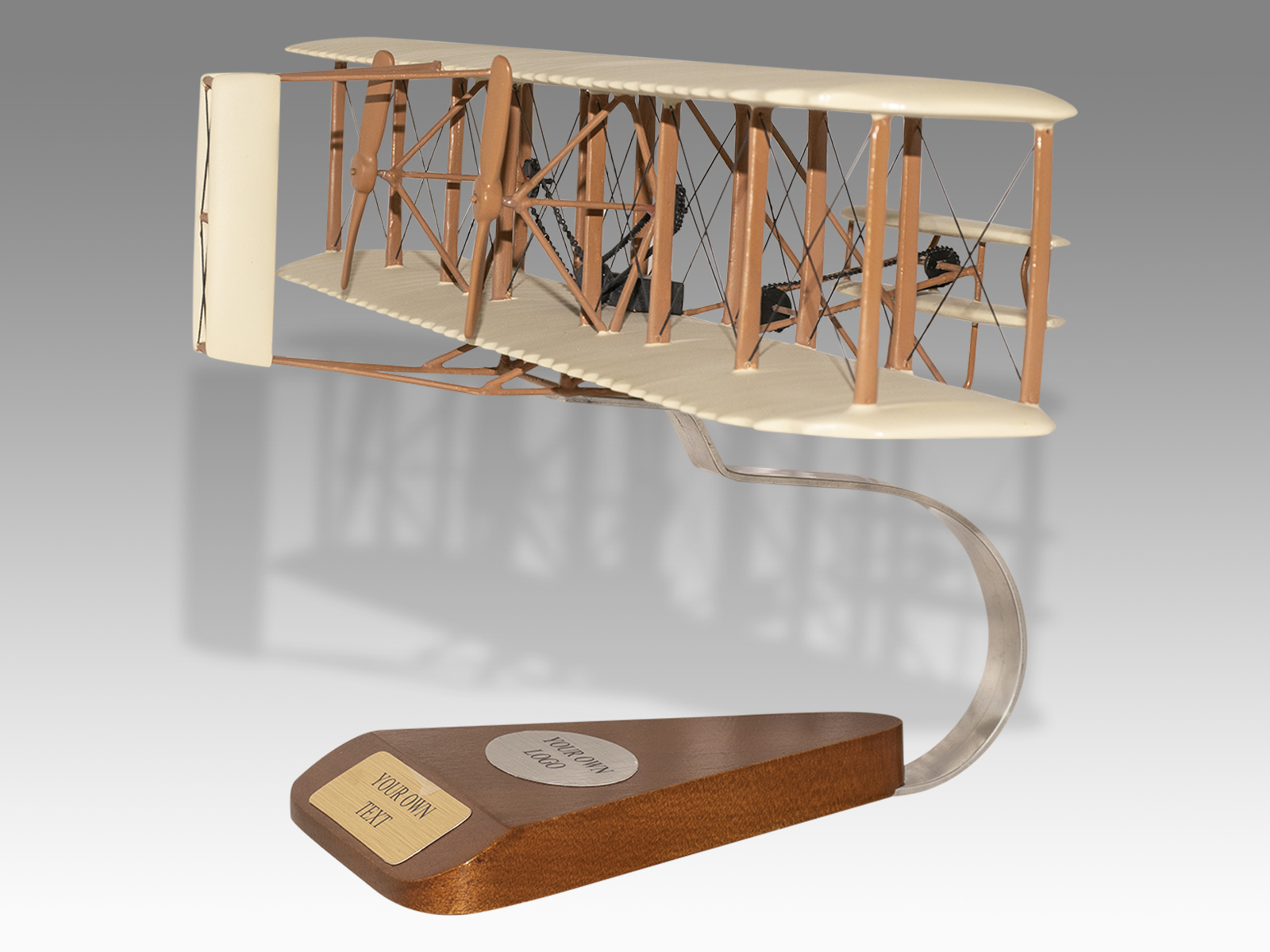
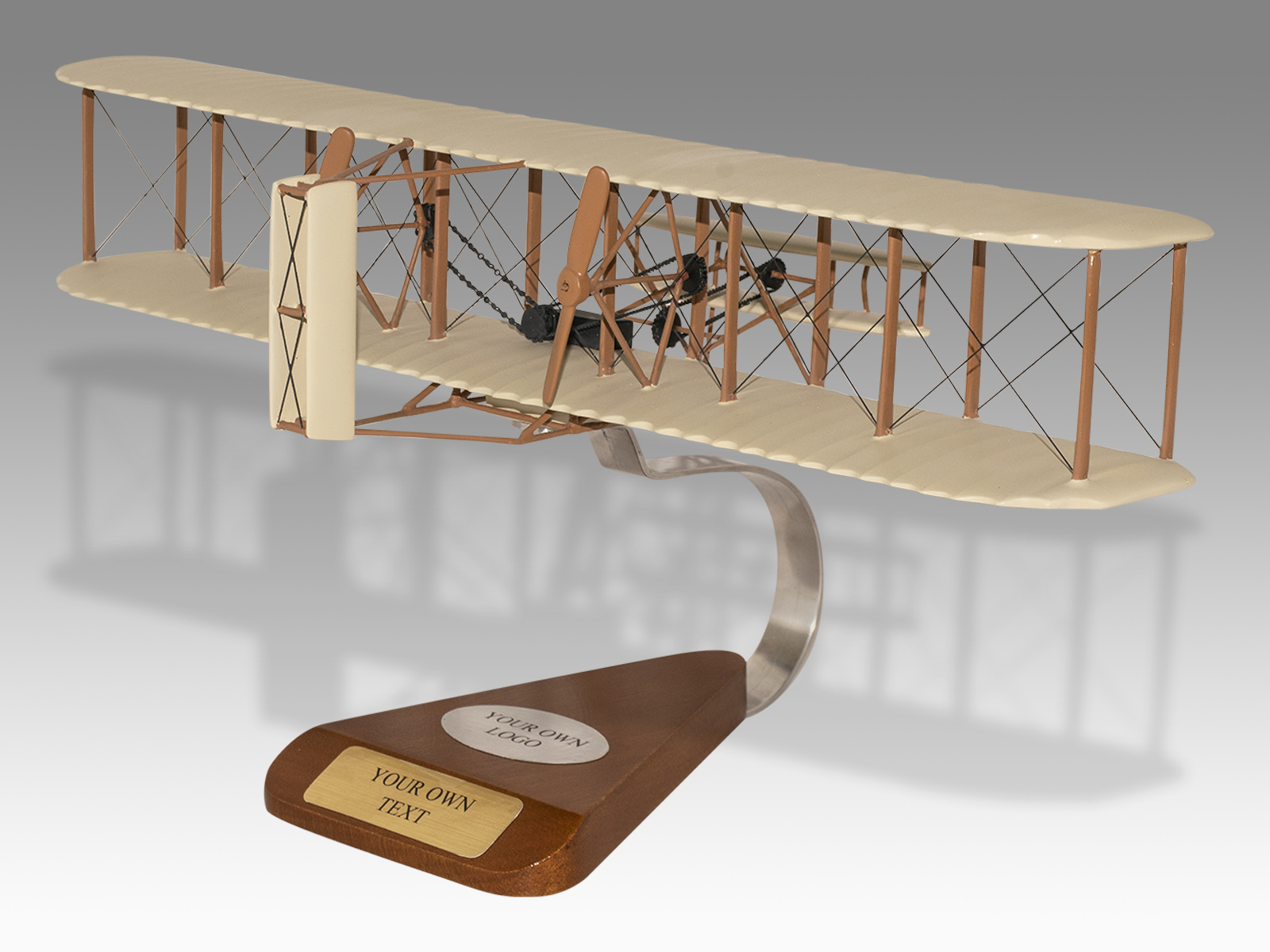
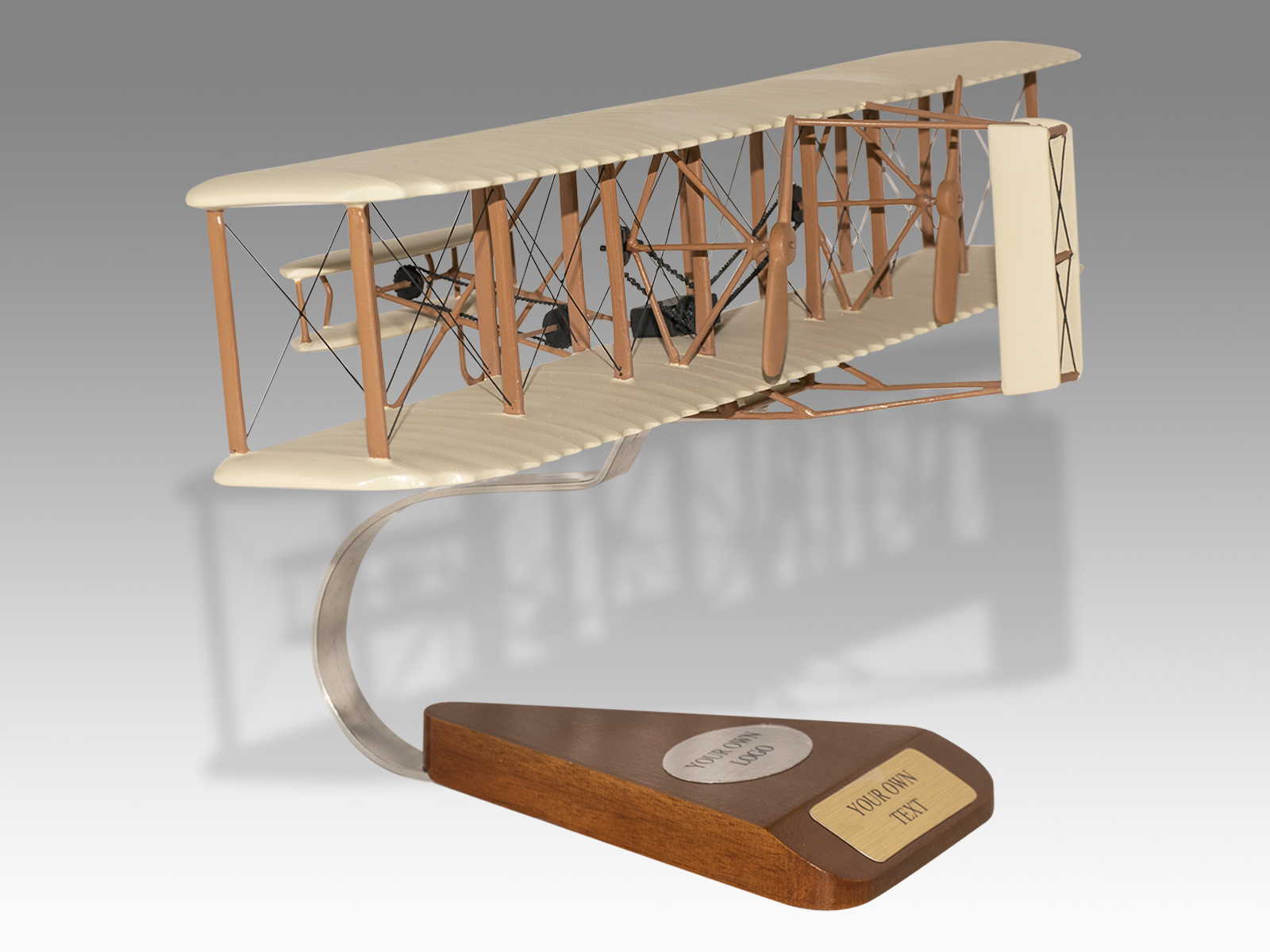

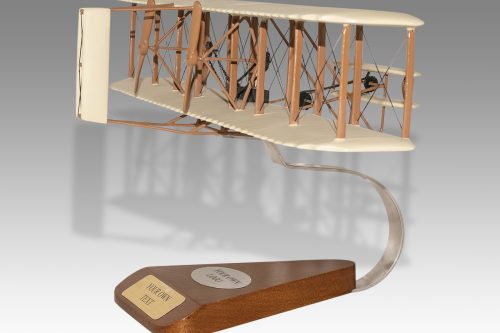
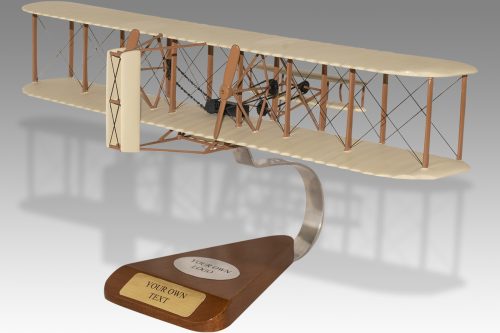
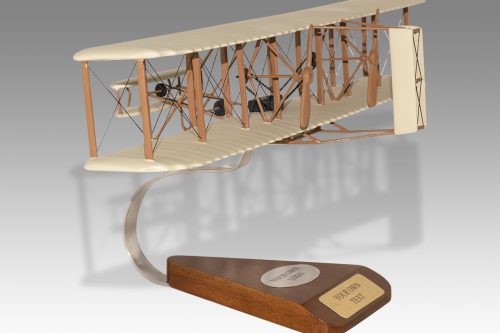
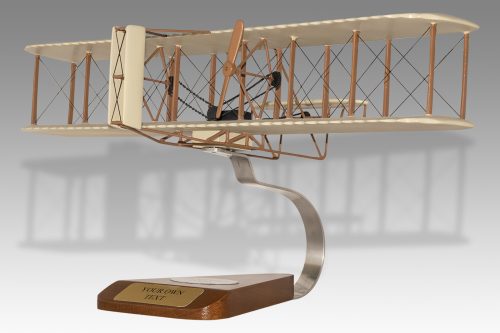
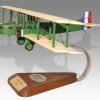
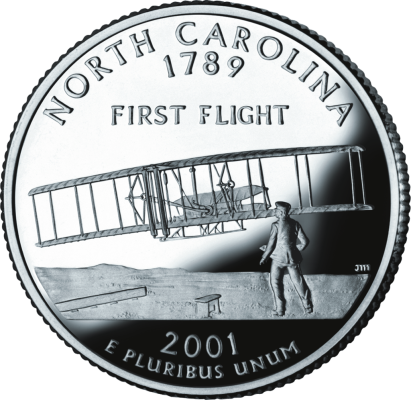
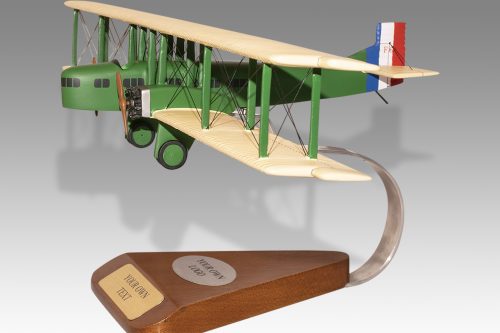
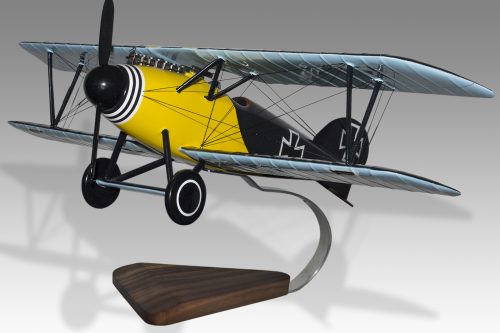
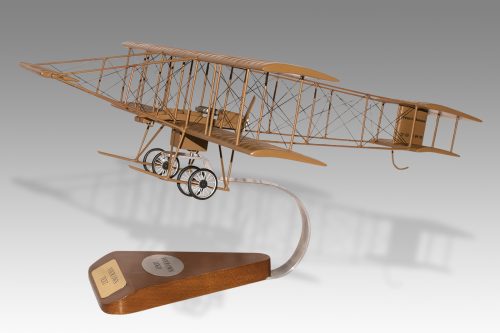
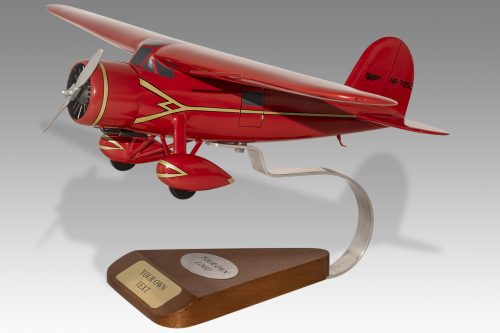

Reviews
There are no reviews yet.